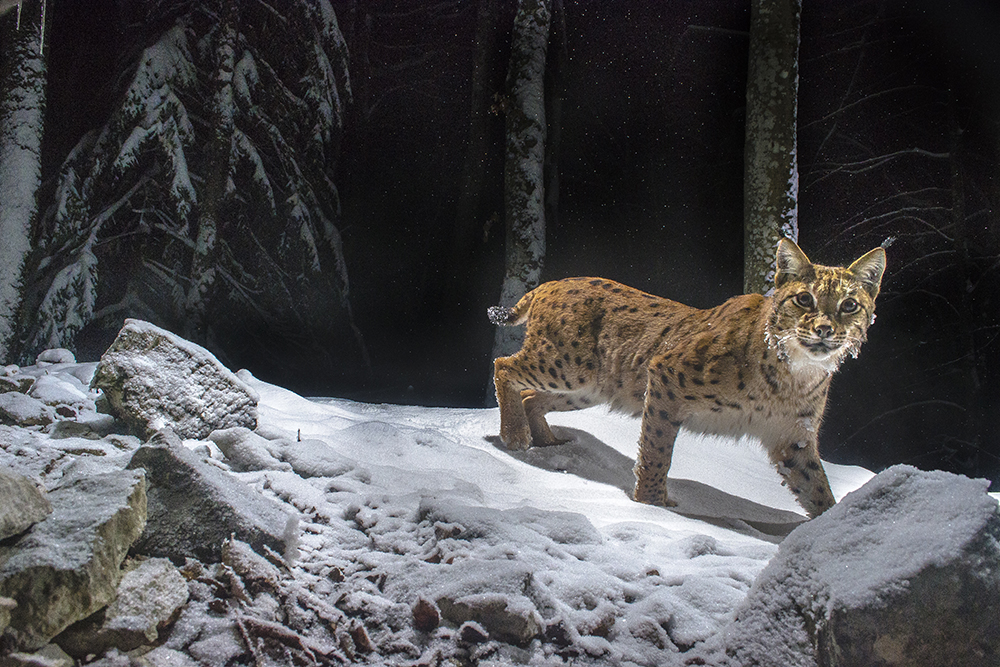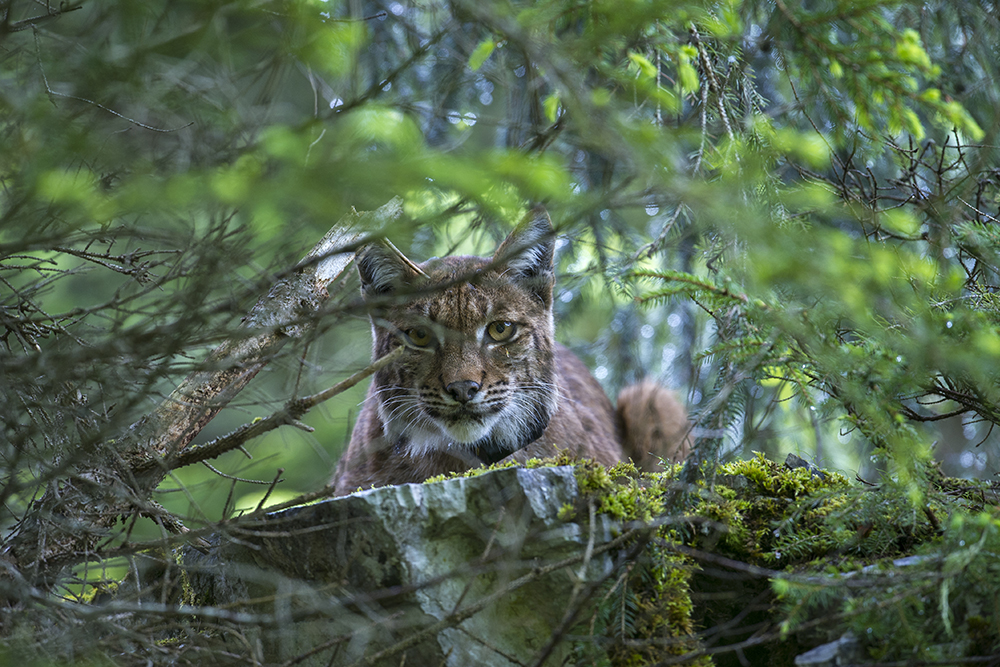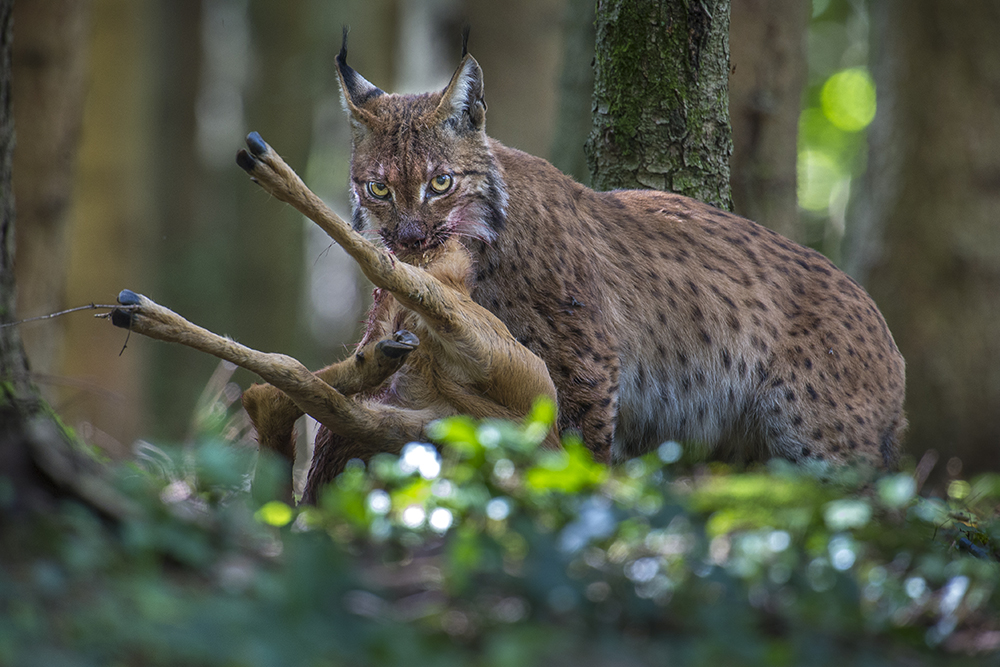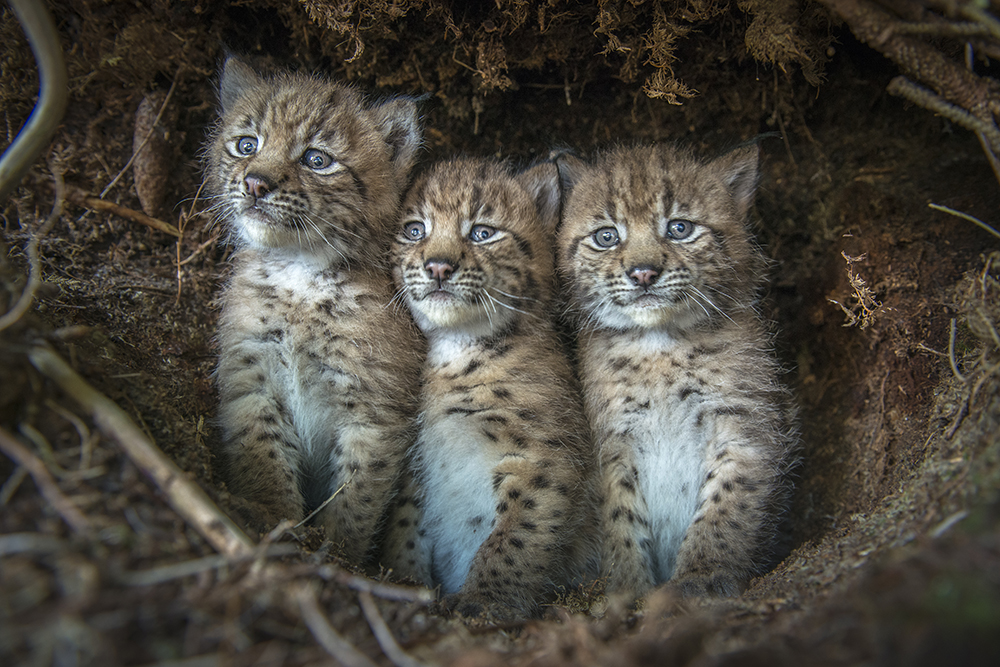Movies - Lynx : 9 years of a patient tracking ..
By Mulder, 10 january 2022
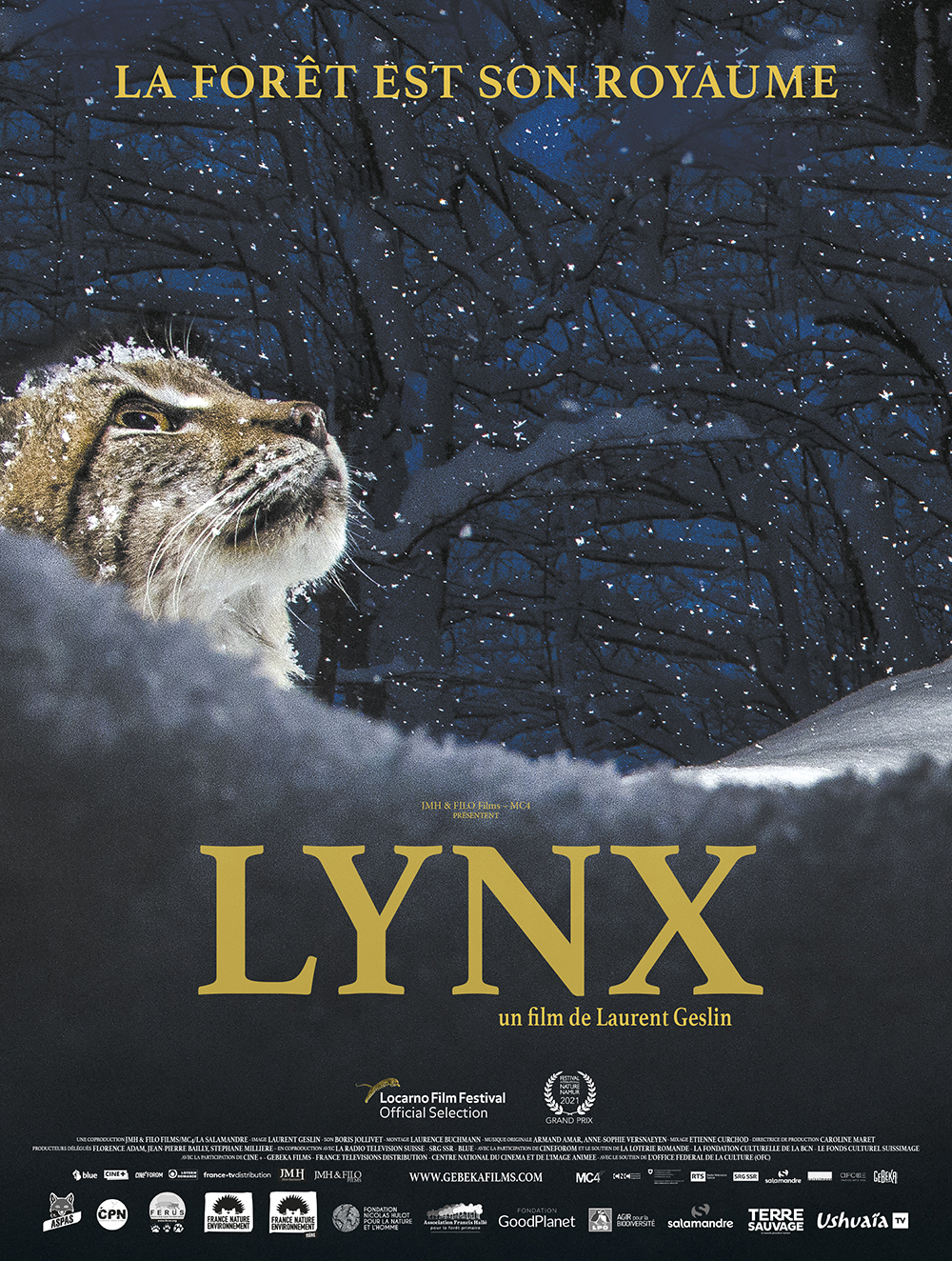
The photographer Laurent Geslin has been at the heart of the "lynx" issue for 9 years, particularly in the Swiss Jura. He knows most of the lynx groups as well as the human protagonists of their survival.
"The first time I saw it is obviously one of the most striking. It happened in the Jura, not far from my home, in February 2011. At nightfall, I hear for the second time in my life the characteristic call of the lynx in rutting period. The cry is loud and the animal is probably quite close. I know this part of the forest well; I know that it is not very wide and that about thirty meters behind the trees is a pasture. I scan in the half-light the invisible one that has fallen silent. Three times, I inspect with binoculars each bush, each trunk, each branch fallen on the ground. I know that it looks at me, I feel it. It is only on the third pass that I finally see the silhouette of the feline. Sitting behind a tree, he looks at me quietly. An indescribable joy runs through my whole body: I have just realized one of my childhood dreams.
This passion for the lynx has led me to spend dozens of nights in the wild, days in a row waiting for the improbable, following tracks, feeling markings, imagining the passage of the lynx. During years of patient tracking, I became attached to the life of this discreet feline, to its natural environment, to the ritornello of the seasons, the majesty of the trees and the extraordinary diversity of the forest's inhabitants... "
This film is unique. There is no other film on the lynx. Thanks to the director's 9 years of observations, a story was built around a family of lynx during a year of shooting. It tells the story of nature in a spectacular way, even in its harshness. It is also a family show that carries a strong commitment to the preservation of nature. The attachment to the felines is here total while the utility of the species is perfectly demonstrated.
The lynx is a protected species at the national and European levels. On the Red List of the International Union for Conservation of Nature (IUCN) France, it is classified "endangered". The lynx population in France is very vulnerable due to its small size and fragmentation.
The Jura: the lynx has returned naturally from Switzerland where it was reintroduced in the 1970s. It is in this massif that we find the most important and most active French population in terms of population. It is estimated that there are between 80 and 100 individuals.
The Vosges: in spite of a reintroduction started between 1983 and 1993, the Vosges nucleus is again on the verge of extinction, probably victim of poaching. In 2020, only three or four lynxes are known there, most of them coming from the reintroduction program in the German Palatinate.
The Alps: colonized punctually from the Jura, there is no real core but several "islands" in the Northern Alps (Chartreuse, Bauges, Bornes) with sometimes individuals detected further south. Other regions: a few isolated individuals are sometimes detected in Bourgogne, Beaujolais, Massif Central.
The lynx is back. Exterminated in the 19th century, it was reintroduced in Western Europe, particularly in Switzerland and in France in the Jura, in the 1970s. It has been proven for fifty years that lynxes can live again in our regions. Whether we want them near us is another question that has not yet been decided. The discussions have become particularly heated recently with the reappearance of wolves in Western Europe. The phenomenon of the renaissance of large predators can be observed everywhere. The lynx should be seen less as a problem than as an opportunity. An opportunity to prove to ourselves, to our highly developed countries in Western Europe and to the whole world that we can live with nature and not only next to it, in all its forms and facets, to succeed in the future.
A chance to prove to ourselves, in our highly developed countries of Western Europe and throughout the world, that we can live with nature and not just beside it, in all its forms and facets, to understand it, accept it and preserve it as it has developed over thousands of years, without man having improved or corrected it.
For once, we could be a positive example to follow: given our population density in Western Europe, if we succeed in preserving the wildlife environment and living in harmony with "problematic" species such as the lynx or the wolf, we would be proving to other countries that it is indeed possible to integrate nature into a world formed according to human values and to allow species that we considered "harmful" only a few decades ago to coexist with us. If we want to reintegrate the lynx in our fauna, it is because it is an integral part of the ecosystem of our forests and plays a capital role in the maintenance of the biodiversity. This is a huge opportunity. And we don't have any other.
The question that is frequently asked is the impact that the lynx can have on the populations of its prey. With about fifteen years of hindsight and in view of the observations and feedback, it seems that on the scale of the territory occupied year-round
Synopsis:
In the heart of the Jura Mountains, a strange call resounds at the end of winter. The superb silhouette of a boreal lynx creeps among the beech and fir trees. He calls his female. By following the life of this couple and their kittens, we discover a world that is close to us and yet unknown... An authentic story in which chamois, eagles, foxes and ermines are the witnesses of the secret life of the biggest feline of Europe which remains threatened... A film to discover the essential role that this discreet predator occupies in our forests, the balance that it has restored in a fragile environment but also the difficulties it encounters in a landscape largely occupied by humans.
Lynx
Written and directed by Laurent Geslin
Produced by Jean Pierre Bailly, Stéphane Millière
Music: Armand Amar, Anne-Sophie Versnaeyen
Cinematography : Laurent Geslin
Editing : Laurence Buchmann
Production companies: MC4 productions, Radio télévision Suisse (RTS), Jmh & Filo films
Distributed by Gebeka films (France)
Release date: January 19, 2022 (France)
Running time: 84 minutes
(Source: press kit)


